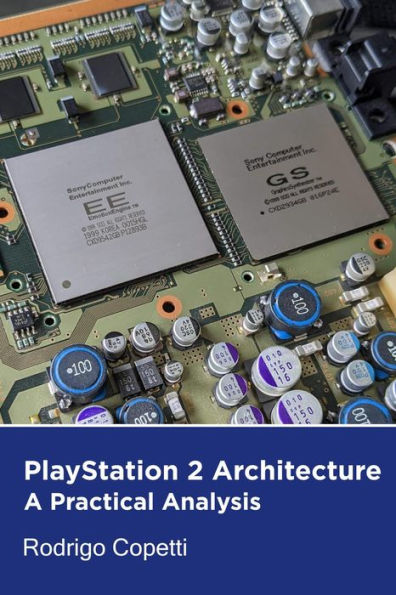The Playstation 2 was not one of the most powerful consoles of its generation, yet it managed to achieve a level of popularity unthinkable for other companies.
This machine is nowhere near as simple as the original Playstation was, but we will see why it didn't share the same fate of previous complicated consoles (i.e. the Sega Saturn).
Architecture of Consoles: A Practical Analysis
Looking at the evolution of video game consoles is fascinating. While conventional PCs tend to evolve 'incrementally', new generations of consoles introduce completely new ways of working. What you see here is a series of articles that will hopefully uncover the rationale behind the latest trends in technology. They will also demonstrate why each system can't be summarised by its 'bits', megahertz, amount of RAM and whatnot.
This is not a developer manual, just an in depth introduction to how each system worked internally. Bear in mind that tech has gotten really complicated lately, so if you struggle to follow my latest articles, try reading the early ones first. They introduce many concepts and definitions that are constantly revisited. Basic knowledge of computing is preferable, however, I try really hard to adapt my content for wider audiences, so please don't be afraid to give it a try!
About this edition
This edition originates from the article initially published on my personal website (copetti 'dot' org), it's been re-styled to take advantage of the capabilities of eBook documents.
While identical content-wise, interactive widgets have been simplified to work with a static environment - in other words, anything that physical pages allow us :), though these will offer a link to the original article in case the reader wants to try the 'full version'. Please keep this in mind when you see references to interactivity throughout the writings.
The Playstation 2 was not one of the most powerful consoles of its generation, yet it managed to achieve a level of popularity unthinkable for other companies.
This machine is nowhere near as simple as the original Playstation was, but we will see why it didn't share the same fate of previous complicated consoles (i.e. the Sega Saturn).
Architecture of Consoles: A Practical Analysis
Looking at the evolution of video game consoles is fascinating. While conventional PCs tend to evolve 'incrementally', new generations of consoles introduce completely new ways of working. What you see here is a series of articles that will hopefully uncover the rationale behind the latest trends in technology. They will also demonstrate why each system can't be summarised by its 'bits', megahertz, amount of RAM and whatnot.
This is not a developer manual, just an in depth introduction to how each system worked internally. Bear in mind that tech has gotten really complicated lately, so if you struggle to follow my latest articles, try reading the early ones first. They introduce many concepts and definitions that are constantly revisited. Basic knowledge of computing is preferable, however, I try really hard to adapt my content for wider audiences, so please don't be afraid to give it a try!
About this edition
This edition originates from the article initially published on my personal website (copetti 'dot' org), it's been re-styled to take advantage of the capabilities of eBook documents.
While identical content-wise, interactive widgets have been simplified to work with a static environment - in other words, anything that physical pages allow us :), though these will offer a link to the original article in case the reader wants to try the 'full version'. Please keep this in mind when you see references to interactivity throughout the writings.

PlayStation 2 Architecture (Architecture of Consoles: A Practical Analysis, #12)

PlayStation 2 Architecture (Architecture of Consoles: A Practical Analysis, #12)

Product Details
| BN ID: | 2940166570956 |
|---|---|
| Publisher: | Rodrigo Copetti |
| Publication date: | 04/08/2020 |
| Series: | Architecture of Consoles: A Practical Analysis |
| Sold by: | Draft2Digital |
| Format: | eBook |
| File size: | 3 MB |
